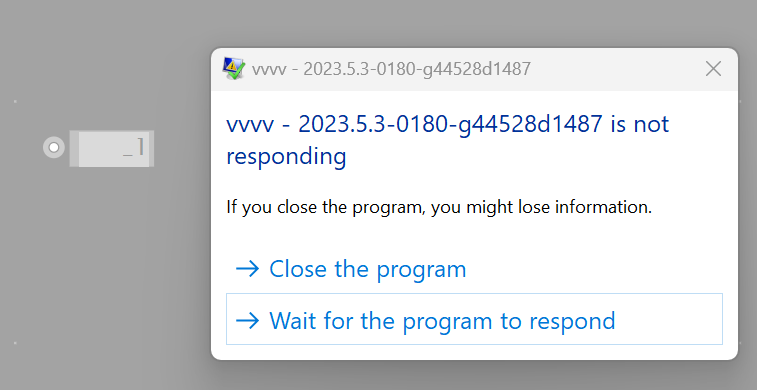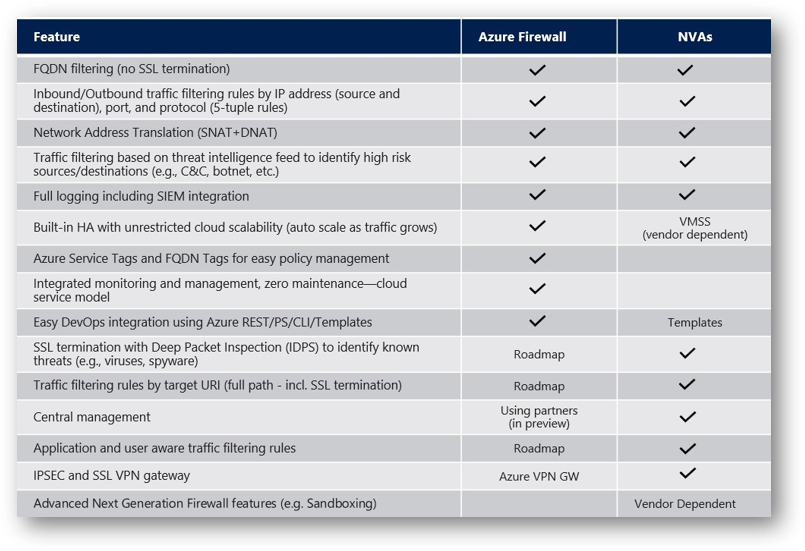Ikev2 vs Wireguard Comparison

The realm of virtual private networks (VPNs) is a complex and ever-evolving landscape, with various protocols competing for dominance. Among these, IKEv2 and WireGuard have emerged as two of the most prominent and widely discussed protocols, each with its own set of strengths and weaknesses. Understanding the nuances of these protocols is crucial for individuals and organizations seeking to secure their online communications and protect their privacy. This comparative analysis aims to delve into the specifics of IKEv2 and WireGuard, examining their security features, performance, ease of use, and compatibility, to provide a comprehensive overview for those navigating the VPN market.
Introduction to IKEv2
IKEv2, or Internet Key Exchange version 2, is a protocol used for setting up and managing the parameters of IPsec (Internet Protocol Security) connections. IPsec is a suite of protocols that provides encryption and authentication for IP packets, ensuring secure communication over the internet. IKEv2 was designed to simplify the process of setting up and tearing down IPsec connections, offering improved mobility support compared to its predecessor, IKEv1. This means that IKEv2 can efficiently reestablish connections when a user’s device changes its IP address, such as when moving from a Wi-Fi network to a mobile network.
One of the significant advantages of IKEv2 is its wide compatibility with various operating systems, including Windows, macOS, iOS, and Android. This broad support makes it a versatile choice for individuals and organizations with diverse device ecosystems. Furthermore, IKEv2 is known for its robust security features, including the use of cryptographic algorithms for encryption and authentication, which are regularly updated to address emerging threats.
Introduction to WireGuard
WireGuard is a relatively newer VPN protocol compared to IKEv2, designed from the ground up with simplicity, speed, and security in mind. Developed by Jason Donenfeld, WireGuard aims to replace the complexity of traditional VPN protocols like IPsec with a more streamlined and modern approach. It uses state-of-the-art cryptography and minimizes the attack surface by reducing the number of lines of code, thus potentially lowering the risk of vulnerabilities.
A key feature of WireGuard is its impressive performance. By leveraging the latest advancements in cryptography, such as the ChaCha20 cipher for encryption and Poly1305 for authentication, WireGuard can achieve faster speeds than many traditional VPN solutions. Additionally, its small codebase and adherence to modern cryptographic standards contribute to its robust security posture. WireGuard also boasts cross-platform compatibility, with official support for Windows, macOS, Linux, Android, and iOS, making it a versatile option for securing internet communications across different devices.
Security Comparison
Both IKEv2 and WireGuard prioritize security, but they approach it differently due to their underlying architectures. IKEv2, by leveraging IPsec, supports a wide range of encryption algorithms and can be configured to meet very specific security requirements. This flexibility is beneficial for environments where particular cryptographic suites are mandated for compliance reasons.
WireGuard, on the other hand, adheres to a more streamlined approach, using a predefined set of state-of-the-art cryptographic primitives. This simplicity, combined with a minimalist codebase, is argued to enhance security by reducing the potential for vulnerabilities. WireGuard’s resistance to certain types of attacks, such as timing attacks, is also noteworthy due to its careful implementation of cryptographic primitives.
In terms of security updates and maintenance, IKEv2, being part of the IPsec suite, benefits from widespread support and regular updates by various vendors and the open-source community. WireGuard, being more modern and having a smaller, more manageable codebase, also receives regular updates and security audits, ensuring that any potential vulnerabilities are quickly identified and patched.
Performance Comparison
Performance is a critical factor when choosing a VPN protocol, as slower speeds can significantly impact the user experience. IKEv2, while generally fast and efficient, can sometimes introduce additional latency due to its mobility and multi-homing features, which may cause slight delays in reestablishing connections when moving between networks.
WireGuard is notable for its speed and efficiency, often outperforming traditional VPN protocols like IKEv2 in many scenarios. Its lightweight design and lack of overhead in establishing and maintaining connections contribute to its superior performance. Additionally, WireGuard’s ability to handle network changes with minimal interruptions can provide a smoother experience for mobile users.
Ease of Use and Compatibility
Both IKEv2 and WireGuard offer a good level of ease of use, with many VPN providers supporting both protocols through user-friendly applications. However, WireGuard might have a slight edge in simplicity for some users due to its more streamlined configuration process, which requires less technical knowledge to set up securely.
In terms of compatibility, both protocols are well-supported across major platforms, though the specific implementation details can vary between devices and operating systems. WireGuard’s recent rise to prominence means it’s quickly becoming as widely supported as IKEv2, with many VPN services now offering WireGuard as a protocol option.
Conclusion
The choice between IKEv2 and WireGuard ultimately depends on specific needs and priorities. For environments requiring the highest level of customization and compatibility with a wide range of devices and networks, IKEv2 may still be the preferred choice. Its flexibility in supporting various cryptographic algorithms and its established presence in the VPN market are significant advantages.
On the other hand, for those seeking a fast, secure, and modern VPN solution with a focus on simplicity and performance, WireGuard presents a compelling option. Its speed, robust security features, and ease of use make it an attractive choice for individuals and organizations looking to leverage the latest advancements in VPN technology.
As the VPN landscape continues to evolve, both IKEv2 and WireGuard will likely play important roles, each catering to different aspects of the market. The best approach may even involve supporting both protocols to offer users a choice based on their specific requirements and preferences.
Frequently Asked Questions
What is IKEv2, and how does it work?
+IKEv2, or Internet Key Exchange version 2, is a protocol used to set up and manage IPsec connections. It simplifies the process of establishing and tearing down these connections, offering improved mobility support.
What are the main advantages of WireGuard over traditional VPN protocols?
+WireGuard offers simplicity, speed, and state-of-the-art security. Its modern approach to cryptography and streamlined codebase contribute to its performance and security advantages over some traditional protocols.
Is WireGuard more secure than IKEv2?
+Both protocols prioritize security, but in different ways. WireGuard’s simplicity and adherence to modern cryptographic standards can be seen as security advantages, while IKEv2’s flexibility in supporting various cryptographic algorithms also has its benefits. The choice depends on specific security requirements and preferences.
How do I choose between IKEv2 and WireGuard for my VPN needs?
+Consider factors such as performance requirements, device compatibility, and specific security needs. If you prioritize flexibility and customization, IKEv2 might be the better choice. For a fast, secure, and simple solution, WireGuard could be more suitable.
Will WireGuard replace IKEv2 in the future?
+While WireGuard is gaining popularity due to its modern approach and performance, IKEv2 will likely continue to be supported due to its wide adoption and the specific needs it fulfills. Both protocols can coexist, catering to different user requirements and preferences.



